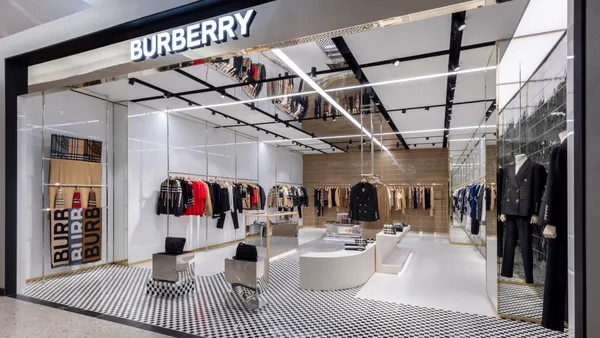Dive Brief:
- Clorox will implement a new “streamlined” operating model next year to boost efficiency and improve consumer demand planning, the company announced on its July earnings call.
- The new model aims to enhance end-to-end visibility across the cleaning product company’s supply chain by moving “decision-making closer to consumers and customers in order to better anticipate and meet their needs,” according to a press release.
- Clorox did not provide specifics on the new model, but said it will begin to implement the model in Q1 of FY2023, which began Aug. 1.
Dive Insight:
Faced with falling demand and $400 million in inflated supply chain costs, Clorox has moved to simplify its operations model as the next step in its integrated strategy to drive growth.
“This really relates back to the strategic choice we made to reimagine work, and we wanted to be simpler and faster,” CEO Linda Rendle said on the call. “We want to make sure that we are always operating as efficiently as we can and putting the dollars where they matter in our business to ensure that we can grow our brands.”
The operational change will include approximately $35 million in restructuring charges in the first half of FY2023.
But CFO Kevin Jacobsen said he expects to begin seeing roughly $25 million worth of savings in the second half of the fiscal year. In its press release, the company outlined it expects to generate annual savings of $75 million to $100 million from the new model once it is fully implemented.
The overhaul complements Clorox’s larger, ongoing transformation plan to strengthen its e-commerce and supply chain footprint, which includes the replacement of its ERP system and the transition to a cloud-based platform.
Like many companies, Clorox is dealing with widespread inflation across the supply chain, including heightened transportation and wage costs, said Jacobsen. The company began dropping suppliers earlier this year in an attempt to offset those costs. Exiting third-party manufacturing agreements has also allowed Clorox to reduce inventory levels in Q3 and consolidate its manufacturing base, Jacobsen added.
Together, Clorox’s operational initiatives aim to boost the company’s growth strategy across its brands as overall supply chain challenges ease and find a “steady state,” Rendle said.
“As we evaluated the environment that we see now, we want to accelerate the progress we wanted to make on reimagine work by making a more structural change,” she said.















